What happens when sewer backs up?
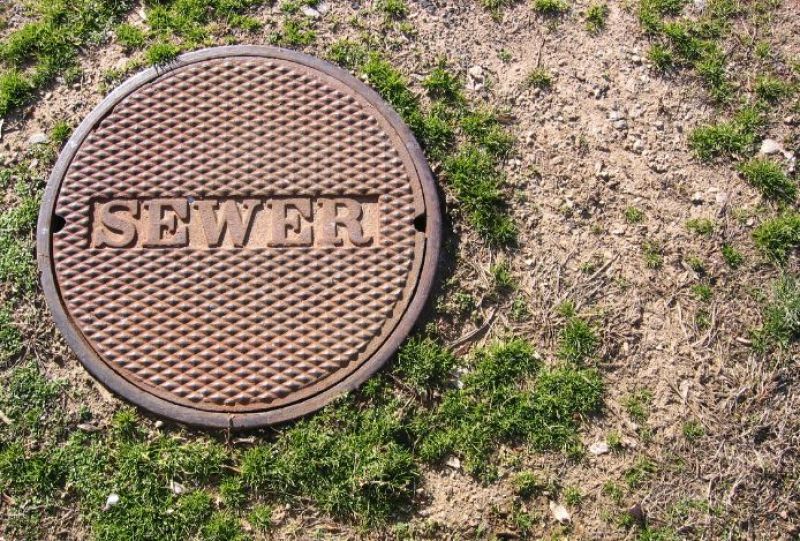
TL;DR: A sewer backup occurs when wastewater cannot flow freely through the sewer lines, leading to it returning to your home. Common causes include blockages, sewer line damage, and heavy rainfall. Recognizing signs like multiple drain clogs, odors, slow drainage, and gurgling sounds is crucial. Preventive measures include proper disposal, regular inspections, tree root management, backflow prevention valves, and professional plumbing maintenance. Seek professional help for sewer backups to avoid worsening the issue. Rootin Tootin Rooter can provide expert assistance for sewer backup problems.
A sewer backup is one of those homeowners’ nightmares that you hope never happens to you. Unfortunately, it’s a situation that can occur, and when it does, it can be both messy and expensive to resolve. In this blog post, we’ll delve into the world of sewer backups, explaining the basics, highlighting the telltale signs, and providing tips on prevention. So, whether you’ve experienced a sewer backup before or you’re looking to safeguard your home against this plumbing predicament, read on to gain valuable insights. Plus, if you ever find yourself facing a sewer backup, don’t forget to reach out to the experts at Rootin Tootin Rooter for professional assistance.
Understanding Sewer Backups: Explaining the Basics
Before we delve into the nitty-gritty details, let’s establish a fundamental understanding of what a sewer backup actually is. Simply put, it occurs when wastewater from your home’s plumbing system cannot flow freely through the sewer lines, causing it to flow back into your home. This wastewater can contain everything from toilet waste to laundry water and kitchen sink runoff.
Sewer backups typically happen for a few reasons:
- Blockages: One of the primary culprits behind sewer backups is a blockage in the sewer line. This blockage can occur due to a variety of factors, including tree roots infiltrating the pipes, solid materials accumulating in the sewer line, or a collapsed sewer pipe.
- Sewer Line Damage: Over time, sewer lines can deteriorate, crack, or even collapse, impeding the flow of wastewater and leading to backups.
- Heavy Rainfall and Flooding: During heavy rain or flooding, the excess water can overwhelm the sewer system, causing backups in homes and businesses.
Understanding the causes of sewer backups is the first step in dealing with this issue effectively.
Signs of a Sewer Backup: How to Recognize the Issue
Recognizing the signs of a sewer backup early on is crucial for prompt action and damage mitigation. Some common indicators of a sewer backup include:
- Multiple Drain Clogs: If you notice simultaneous clogs in multiple drains throughout your home, it may be a sign of a sewer backup.
- Foul Odors: Unpleasant odors, similar to that of raw sewage, can permeate your home when there’s a sewer backup.
- Slow Drainage: Slow drainage in sinks, bathtubs, or toilets can indicate that wastewater is struggling to flow through the sewer lines.
- Gurgling Sounds: Strange gurgling or bubbling sounds coming from your drains can be a clear signal of a sewer backup issue.
If you observe any of these signs, it’s crucial to act swiftly to prevent further damage.
Preventing Sewer Backups: Tips for Homeowners
While sewer backups can occur unexpectedly, there are steps you can take to reduce the risk and protect your home. Here are some practical tips for homeowners:
- Proper Disposal: Avoid flushing items like paper towels, hygiene products, and cooking grease down the toilet or drains. These materials can contribute to blockages in the sewer line.
- Regular Inspections: Consider scheduling regular sewer line inspections to identify potential issues before they escalate into backups. Professional plumbers can use camera inspections to check the condition of your sewer lines.
- Tree Root Control: If you have trees near your sewer lines, be proactive about root control. Tree roots can infiltrate sewer pipes and cause blockages. Consult with a professional arborist or plumber for guidance on managing tree roots.
- Backflow Prevention Valve: Installing a backflow prevention valve can help prevent sewage from flowing back into your home during a sewer backup.
- Maintain Your Plumbing: Regularly maintain your plumbing system by having a professional plumber inspect and clean your drains and sewer lines. This preventive measure can save you from costly backups in the long run.
Final Thoughts
Dealing with a sewer backup can be a stressful and messy experience. By understanding the basics of sewer backups, recognizing the signs, and taking preventive measures, you can minimize the risk and protect your home. If you ever find yourself facing a sewer backup, remember that Rootin Tootin Rooter is here to provide professional assistance and expert solutions to get your plumbing system back in order. Don’t hesitate to reach out to our team for prompt and reliable service.
FAQ’s
What are the common causes of sewer backups?
Sewer backups often occur due to blockages in the sewer line, which can result from factors like tree roots invading the pipes, the accumulation of solid materials, or a collapsed sewer pipe. Heavy rainfall and flooding can also overwhelm the sewer system and lead to backups.
How can I recognize a sewer backup in my home?
Signs of a sewer backup include multiple drain clogs throughout your home, foul sewage odors, slow drainage in sinks and toilets, and gurgling sounds coming from drains. These indicators suggest that wastewater is struggling to flow through the sewer lines.
What can I do to prevent sewer backups in my home?
Preventive measures include proper disposal practices (avoid flushing non-flushable items), scheduling regular sewer line inspections, managing tree roots near sewer lines, installing a backflow prevention valve, and maintaining your plumbing system through professional inspections and cleanings.
Can I resolve a sewer backup issue on my own, or should I seek professional help?
While some minor drain clogs can be resolved with basic household tools or drain cleaners, sewer backups are typically more complex and require professional intervention. Attempting to address a sewer backup without the necessary expertise can worsen the problem. It’s advisable to contact a licensed plumber or sewer specialist for proper diagnosis and resolution. Rootin Tootin Rooter offers professional assistance for sewer backup issues.
Other Blogs You May Be Interested In
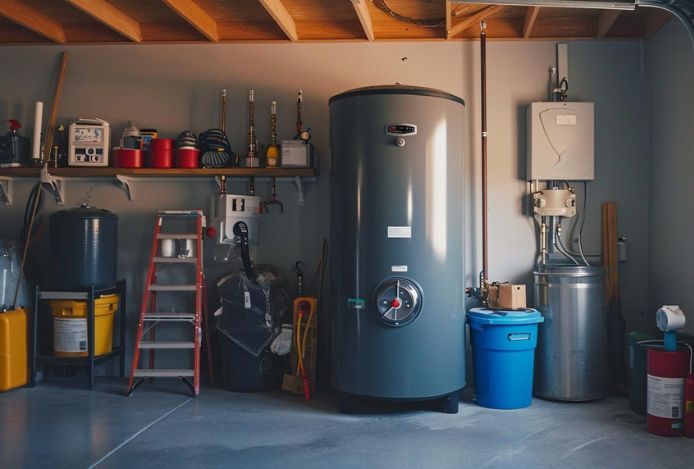


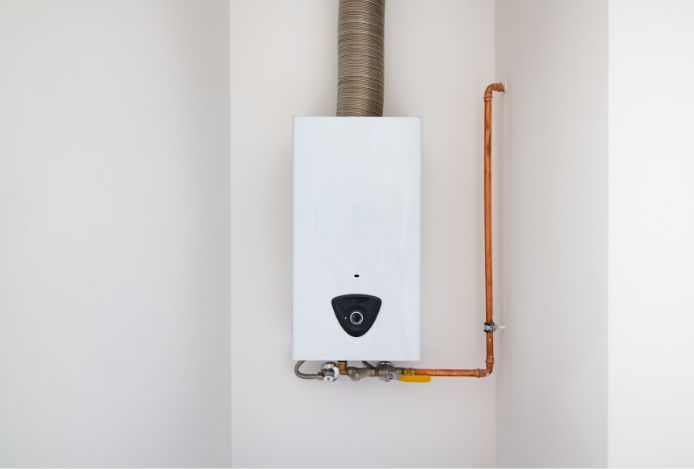
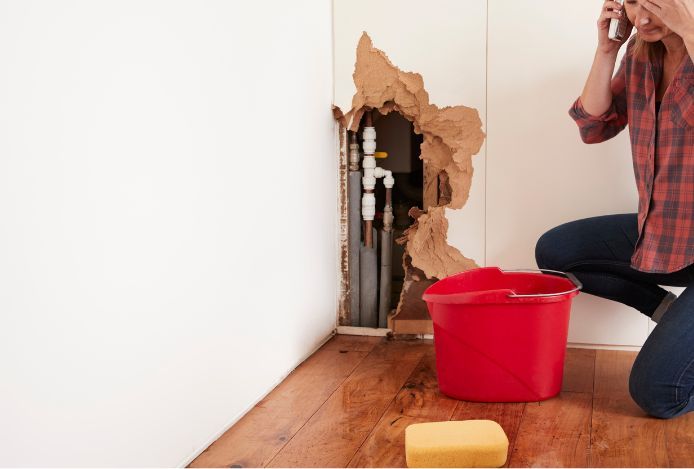
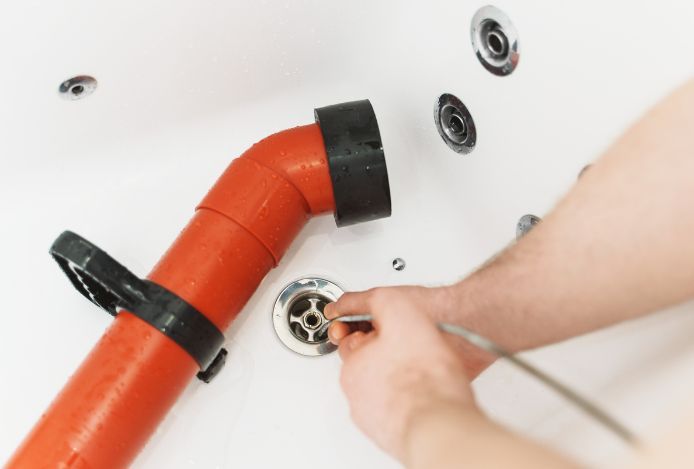
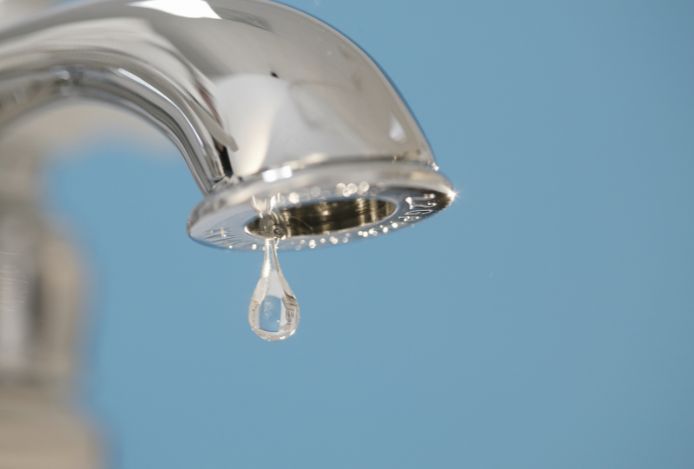
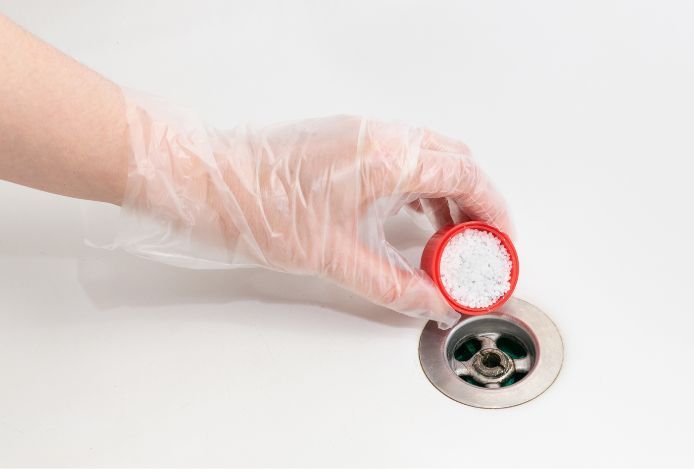
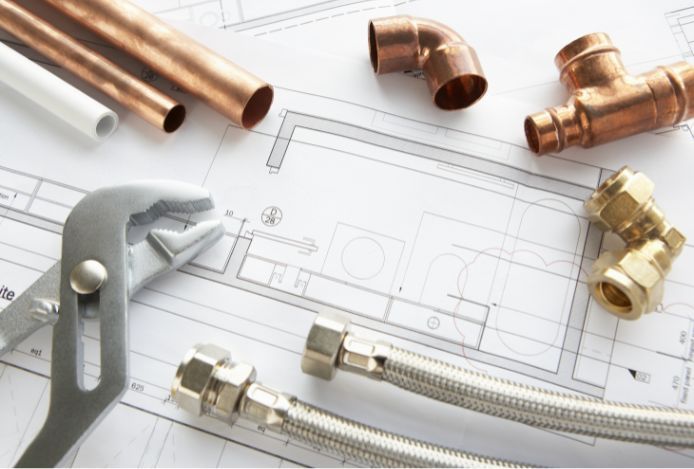

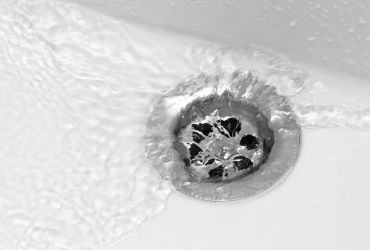


Leave a Reply